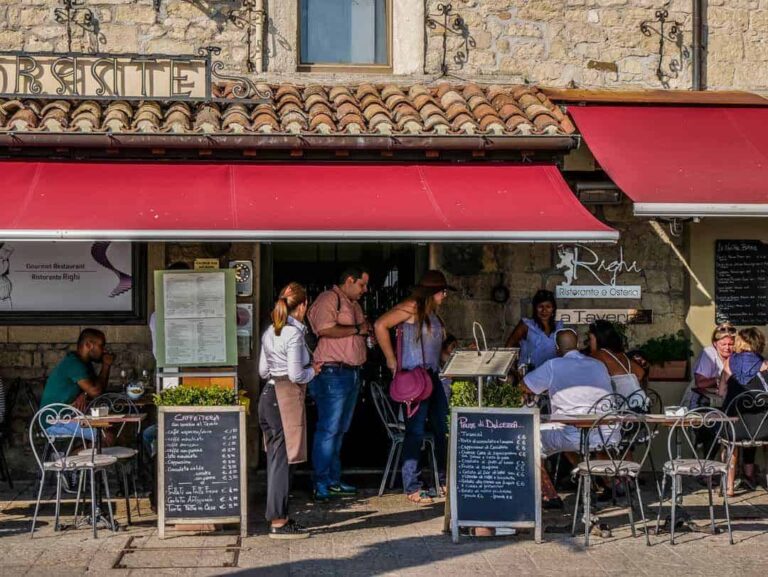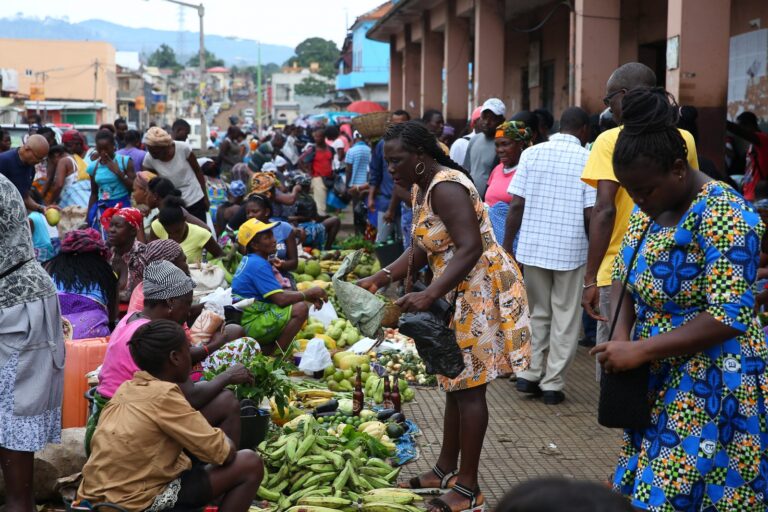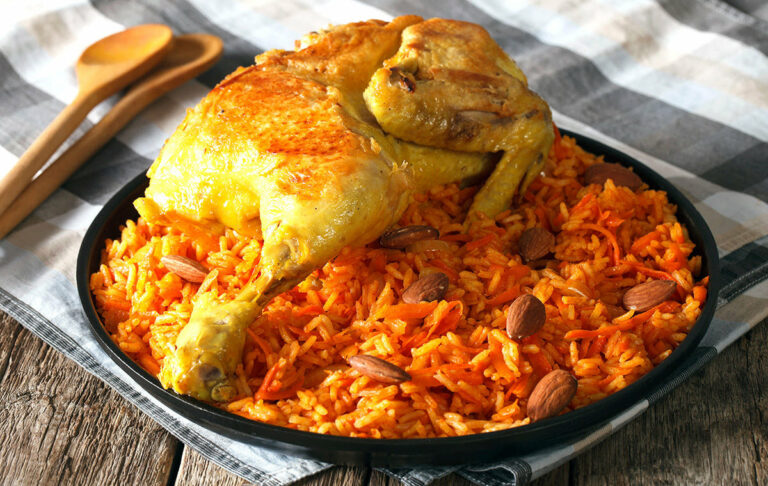Introduction: San Marino’s Street Food Scene
Nestled in the heart of Italy, San Marino is a popular tourist destination known for its stunning views and rich history. However, it is also a hidden gem when it comes to street food. San Marino’s street food scene has been thriving for years, with a variety of traditional and modern dishes to try.
From hearty sandwiches to sweet treats, San Marino’s street food offers a unique culinary experience that should not be missed. In this article, we will take a closer look at the street food scene in San Marino, including traditional delicacies, where to find street food, culinary influences, health and safety standards, as well as tips for enjoying the local cuisine.
Traditional Delicacies: What to Try
San Marino’s street food scene is deeply rooted in tradition, with many dishes influenced by Italian and Mediterranean cuisine. One of the most popular traditional delicacies is piadina, a type of flatbread made from flour, water, and lard, filled with a variety of ingredients such as cheese, cured meats, and vegetables.
Another must-try dish is the torta tre monti, a delicious dessert made from layers of chocolate and hazelnut cream sandwiched between almond biscuits. Other popular street foods include arancini, deep-fried rice balls filled with tomato sauce and cheese, and porchetta, a slow-roasted pork served on bread with herbs and spices.
Locations: Where to Find Street Food
San Marino’s street food can be found in various locations throughout the city, from food trucks to local markets. Street vendors often set up shop in the historic center of the city, where visitors can soak up the charming atmosphere and enjoy the local cuisine.
Some of the best places to find street food include the Mercato Coperto, a covered food market that sells a range of local products, and Piazza della Libertà, a bustling square filled with food trucks and stands selling traditional dishes.
Culinary Influences: Mixing Old and New
San Marino’s street food scene is a reflection of the city’s diverse culinary influences, blending traditional recipes with modern twists. Many street vendors experiment with new flavors and ingredients, creating new and exciting dishes while staying true to their roots.
In recent years, San Marino has also embraced the vegetarian and vegan movement, with many street vendors offering plant-based options such as vegan piadina and arancini.
San Marino’s Health and Safety Standards
San Marino is known for its high health and safety standards, which are also reflected in its street food scene. Street vendors must comply with strict regulations and hygiene standards to ensure the safety of their customers.
Many food trucks and stands also offer allergen information and cater to dietary requirements such as gluten-free and lactose-free options.
Tips for Enjoying Street Food in San Marino
If you’re planning a trip to San Marino, here are some tips for enjoying the local street food scene:
- Look for vendors with a high turnover of customers, as this usually indicates that their food is fresh and popular.
- Don’t be afraid to ask questions about the ingredients and cooking methods, especially if you have dietary requirements or allergies.
- Bring cash, as many street vendors do not accept credit cards.
- Try to avoid eating street food late at night, as some vendors may not have fresh food available.
- Finally, enjoy the experience and immerse yourself in the local culture by trying new and exciting dishes.
In conclusion, San Marino’s street food scene is a vibrant and delicious part of the city’s culinary culture. Whether you’re looking for traditional delicacies or modern twists on classic recipes, San Marino’s street food has something to offer for everyone. So, grab a piadina or arancini and enjoy the flavors of San Marino!





